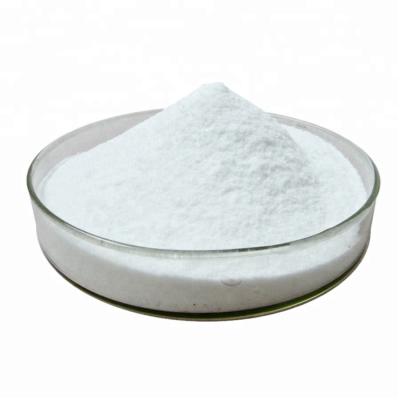Glufosinate Movement in the Environment
Glufosinate movement in soil depends on both soil properties and pesticides properties. The leaching potential of glufosinate is reduced with increasing soil clay and organic matter content. According to the National Pesticide Information Center’s Herbicide Properties Tool, glufosinate is likely to reach shallow groundwater in sandy soils (Koc = 10) but not in silty loam soils (Koc = 250). However, in soil column experiments, glufosinate and its degradants did not leach further than 6 inches in loam or clay soils, or further than 24 inches in sandy soils.

Movement of glufosinate to surface water can occur dissolved in runoff water or adsorbed to eroding soil. Runoff loss is greatest if a surface water runoff event occurs shortly after application. Glufosinate may also move offsite via drift during application.



